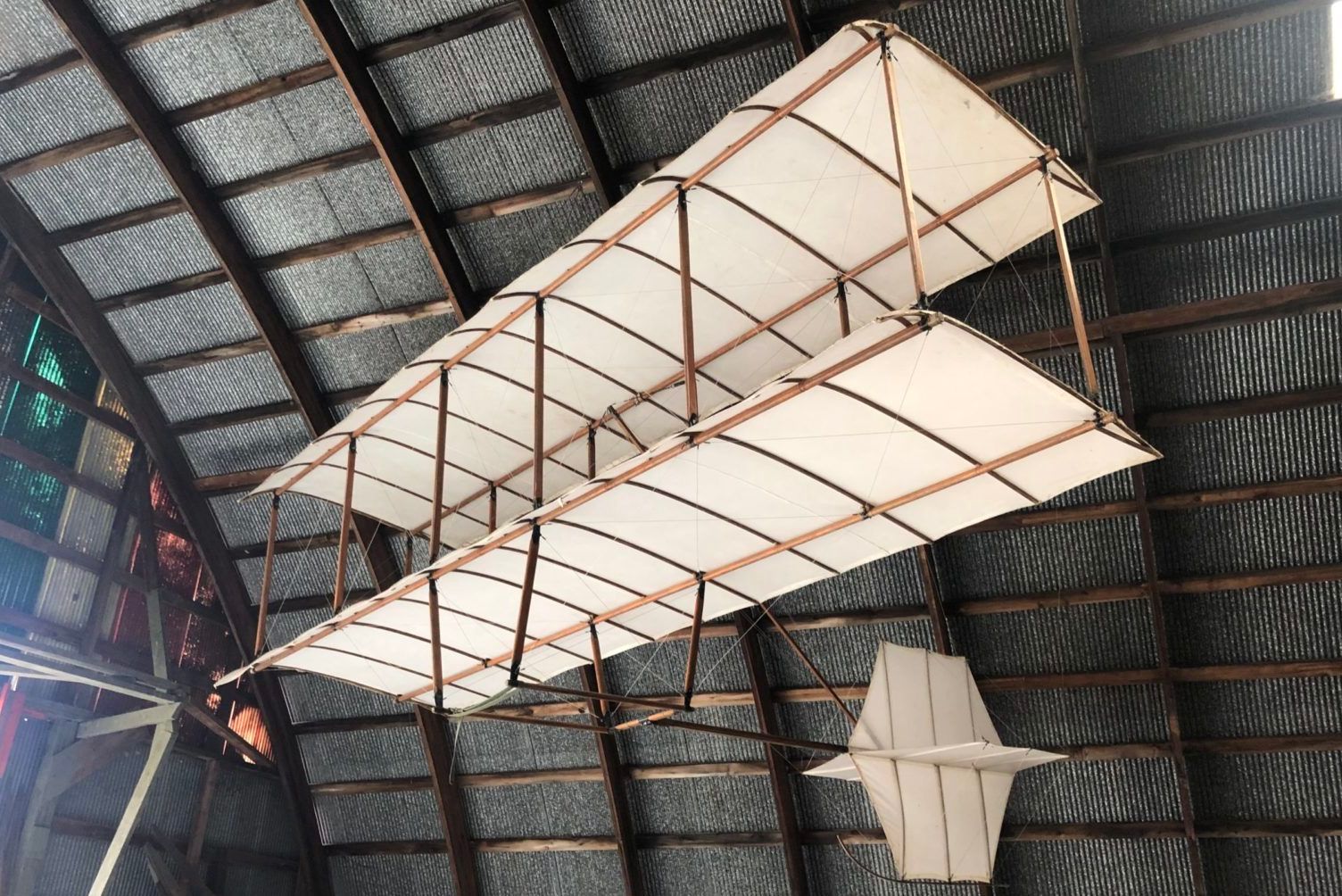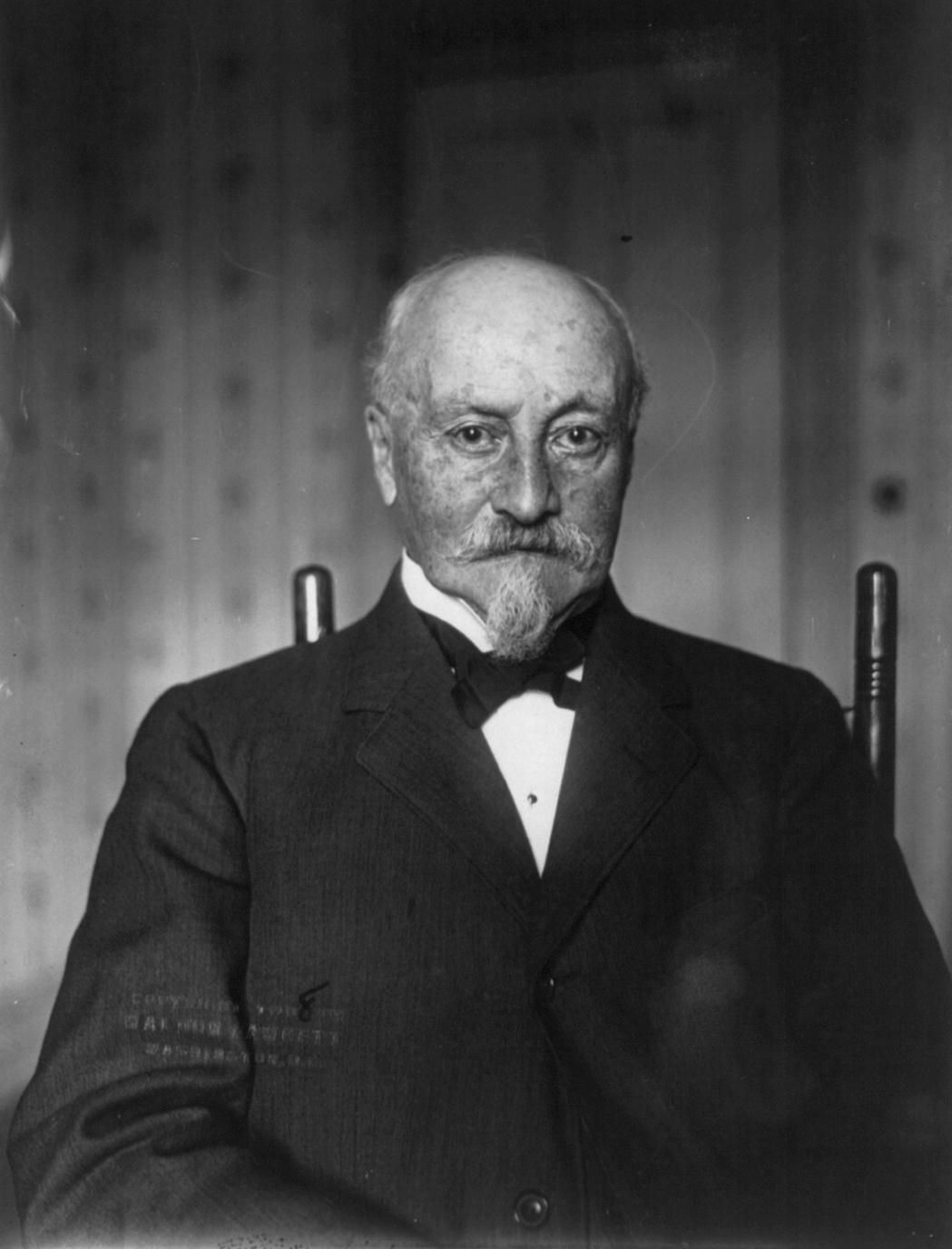Octave Chanute may have been born in France, but it was in the United States where he helped changed the course of global aviation forever. He inspired several pioneers, including the Wright brothers, with his creativity.
19th-century mastery
After moving to the US in 1838, he went on a groundbreaking engineering journey spanning railroads, wood preservation, and aviation. The Chanute glider of 1896 is one such innovation, often cited as the most influential flying machine before the Wright brothers began their designs.
Chanute pioneered glider flight in the US, concentrating on developing mechanized control systems instead of relying on shifting body weight to aim the vehicle.
Discover more aviation news here.
Plenty of knowledge
While touring Cole Palen's Old Rhinebeck Aerodrome earlier this year, Simple Flying saw reproductions of early gliders, which helped pioneer modern aviation, including the Chanute Glider. The site shares the following about the machine:
“Chanute developed several successful gliders during the late 1800s, and between 1896 and 1897 Chanute’s assistants made over 1,000 flights in his designs. He was over 60 when his first glider flew. His accumulated knowledge of flight was documented in his book, “Progress in Flying Machines” in 1894, and the Wright Brothers sought his advice in the development of their gliders. They developed a close relationship, and their success was due in part to their communications with Chanute.
Gordon Bainbridge completed the museum's reproduction of a Chanute Glider in 1980. He used drawings from a direct descendant of Octave Chanute.
Important dialog
The Chanute-Wright correspondence from 1900 to 1910 is crucial to understanding the relationship between Chanute and the Wright brothers. Notably, it is a key source of descriptions of the Wright brother's experiments and progress.
Chanute offered Wright brothers assistance and advice and helped promote their flying experiments. The brothers were educated about critical factors such as the importance of choosing the right location.
United States Air Force 60th Anniversary: Lessons Learned in Airpower Throughout the Ages, by Gary Gault, Brian Pierson, and Stacy Hecht, shares the following about the lessons learned.
“Wilbur and Orville Wright researched many sites from California to the southeast coast looking for a safe, sandy, test site with steady winds for gliding. Using U.S. Weather Bureau tables to compare the average wind velocities, Wilbur Wright became interested in Kitty Hawk, North Carolina. Wilbur wrote to the Kitty Hawk weather bureau seeking information about the conditions at that location. In this reply dated August 16, 1900, the Kitty Hawk weather bureau's only employee, J. J. Dosher, writes back and tells Wilbur what he was hoping to hear the area had a wide beach clear of trees and prevailing north, northeast winds in September and October."
Stay informed: Sign up for our daily and weekly aviation news digests.
Orville and Wilbur Wright would go on to perform the first controlled, sustained flight of a powered, heavier-than-air aircraft on December 17th, 1903. Octave Chanute passed away at the age of 78 on November 23rd, 1910. He is long remembered as the father of aviation amid his initial concepts of heavier-than-air flying.
What are your thoughts about the Chanute Glider? What do you make of the overall impact of the innovation over the years? Let us know what you think in the comment section.
Source: Old Rhinebeck Aerodrome; United States Air Force 60th Anniversary: Lessons Learned in Airpower Throughout the Ages, Gary Gault, Brian Pierson, Stacy Hecht, 2007


